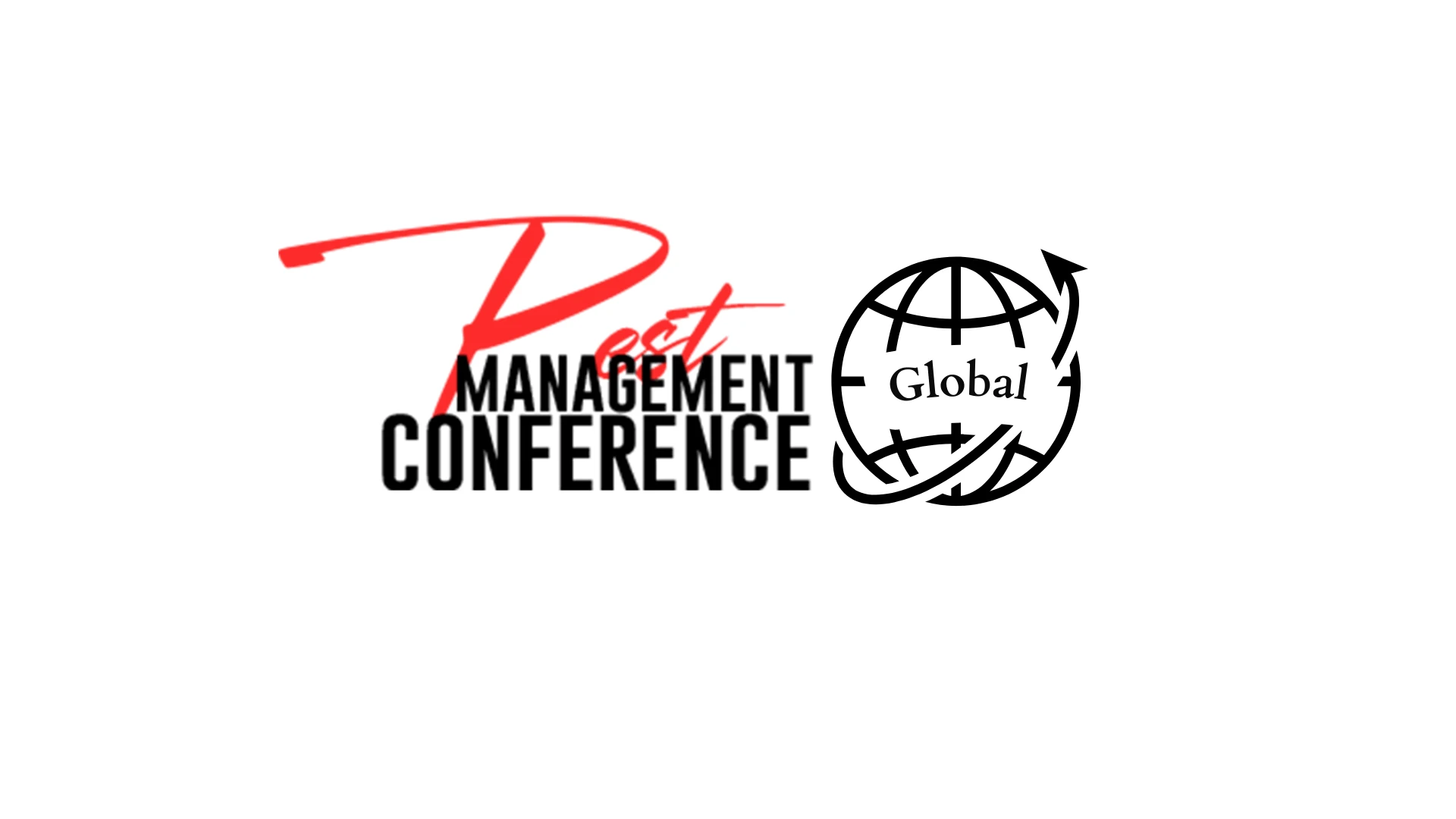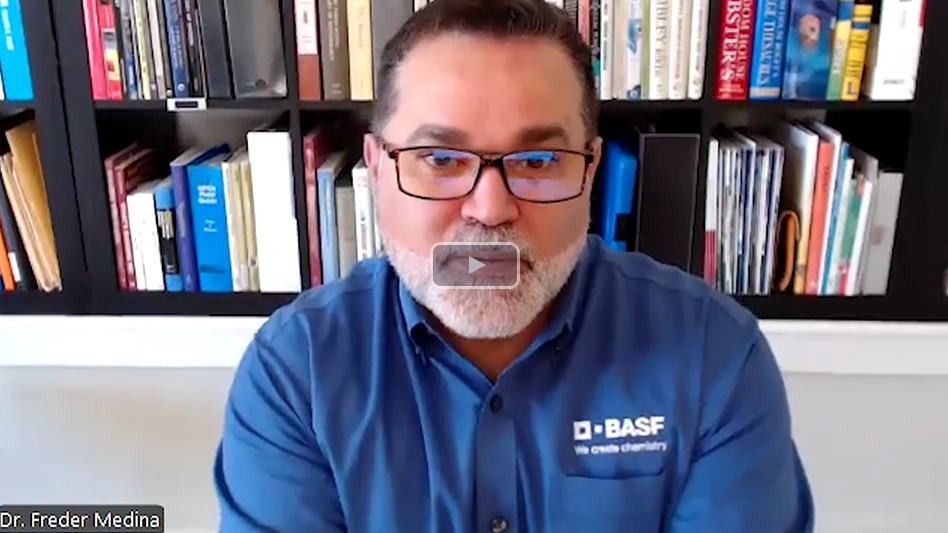RESEARCH FUNDING IS THE PEST CONTROL INDUSTRY’S JOB
In the September issue of PCT, Dr. Richard Kramer presented commentary on research funding for the structural pest control industry. I agree with Dr. Kramer that our industry needs to develop and nurture funding for research. As a committee member, I was involved with the NPCA Project Development Council (PDC) when funds for research were an annual part of the budget.
Unfortunately, times change and this is no longer possible. However, NPCA is making a concerted effort to promote and increase research funding. At the 1996 NPCA Pest Management conference in San Diego, a silent and live auction was held to raise research funds. The event was a huge success. This year the PDC initiated a project to fund a literature search of data relating to termite biology and control. Dr. Brian Forschler and Dr. Barbara Thorne, two of the most respected researchers in the country, will collate this information. This project should prove to be a wonderful asset for all pest control operators.
Additionally, the incoming NPCA president, John Patton, is committed to establishing programs to aggressively secure and distribute funding for research. The need for additional funding for structural pest control research is vital, but we cannot depend on government funding. We, as an industry, must create the vehicle to fund beneficial projects. NPCA is committed to this task.
Donnie Blake, President
Okolona Pest Control
Louisville, Ky.
TEACHING CUSTOMERS ABOUT IPM
This is in response to the article in the April issue of PCT summarizing information presented by Dr. Mike Potter at Zeneca’s Perimeter Workshop.
This article touts the importance of communication with the customer, regardless of service philosophies. It points out the opportunities PCOs have to educate customers about IPM techniques and, at the same time, build their businesses. Today’s pest control customer is hungry for information and education. I believe successful pest control companies in the U.S. have one thing in common: They actively build relationships with their customers. And they do this with open, clear communication about their service and the problems it solves.
I certainly support Mike’s emphasis on the importance of communication with customers. After all, the more you communicate, the better it is for you, your relationships and your business.
June Van Klaveren, President
Compelling Communications
Manchester, Mo.
MALLIS CONGRATULATIONS
Just received my copy of the special embossed edition of the Mallis Handbook. It’s beautiful.
I also want to extend my congratulations to the entire staff of GIE Publishing on a job very well done. It is by far one of the finest books I have ever seen in our industry, and I fully intend to read it cover to cover.
Robert M. Corrigan, Ph.D.
RMC Pest Management Consulting
Richmond, Ind.
A WORD ON FLY LIGHT TRAPS
I am writing a book on insect light traps. PCT is not faring well, but it’s not too late to stop repeating inaccurate and misleading statements about electrocutors “exploding” insects. The one Harry Katz effort does not make up for constant mistakes in ads and articles, issue after issue. (Columnist George) Rambo made an attempt to mitigate the attacks on page 48 of the July ’97 PCT, but it is not true that “only certain fly species were prone to ‘exploding,’” none do.
Your writers should consider both the denotation and connotation of the word “explode” and make a serious investigation into the truth before writing. Consider if the bugaboo has anything but the smallest amount of truth and who is really “exploding” things out of proportion.
David Gilbert, President
Gilbert Industries, Inc.
Jonesboro, Ark.
Readers with comments are invited to write: PCT Letters, 4012 Bridge Ave., Cleveland OH 44113. Letters may be edited for space.

Explore the December 1997 Issue
Check out more from this issue and find your next story to read.
Latest from Pest Control Technology
- Moneypenny is a Provider of Virtual Receptionists
- Video: Top 10 PCT Photo Contest Finalists
- Massey Services Expands with Southeast Commercial Region
- Pest Management Foundation Announces Kevin J. Burns Scholarship
- How to Identify Clover Mites
- Termite Threat Halted in Southern Florida
- PCT Media Group Adds Managing Editor Katie Hobbins
- Evens Clerjuste on Team Communication as Company Growth Point





